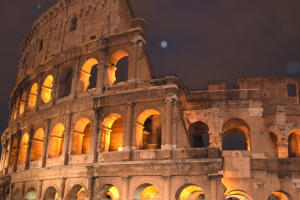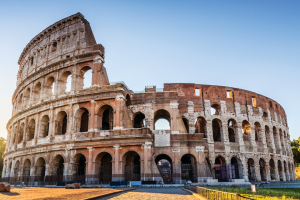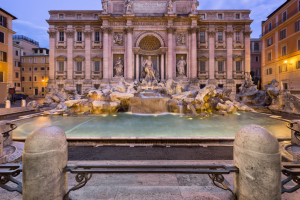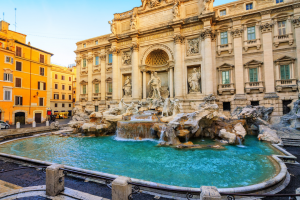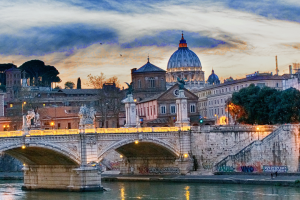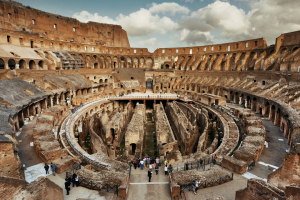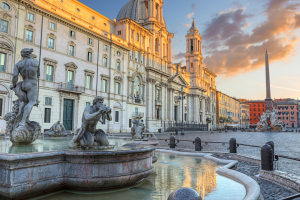Main attractions
St. Peter’s Basilica
St. Peter's Square
Vatican Museums
Sistine Chapel
Colosseum
Palatine Hill
Roman Forum
Best of Rome Private
This 6-hour Best of Rome Private Guided Tour tackles both of Rome’s must-see sites. Explore the vast collections of art on the way to the magnificent Sistine Chapel with skip the line entrance to the Vatican Museums.
From the Sistine Chapel, explore the expanse of St. Peter’s Square with spectacular views of St. Peter’s Basilica before being driven across the city to the ancient world’s most iconic amphitheater.
Enjoying skip-the-line entrance to the Colosseum, the knowledge of an expert guide will accompany this captivating experience that finishes with a stunning view over the Roman Forum.
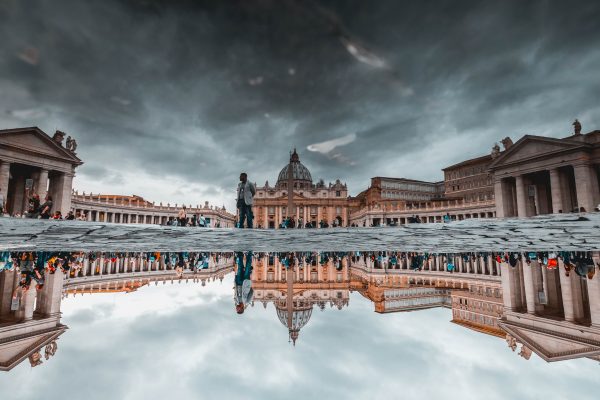
- Category
- Location
- Days1
- StaffLicensed Guide
- DurationUp to 6 hours
- Tour TypePrivate
- HighlightsCity of Rome

